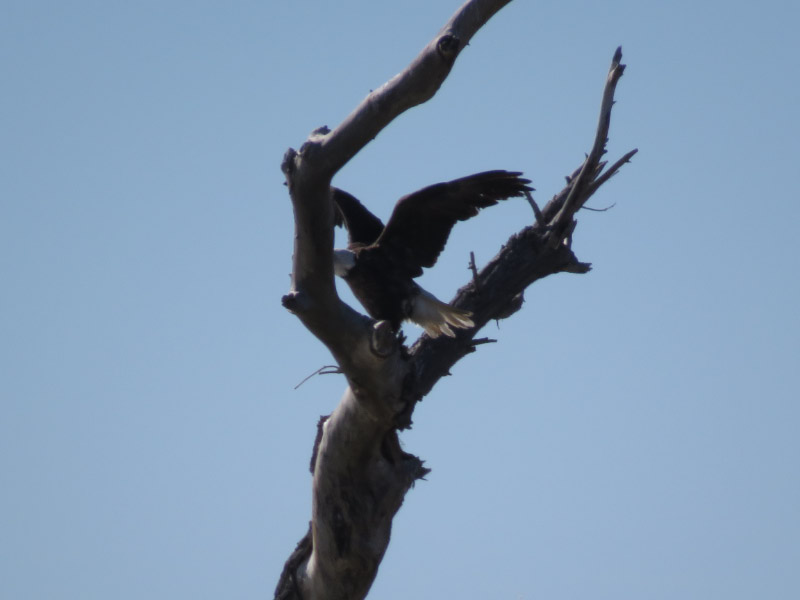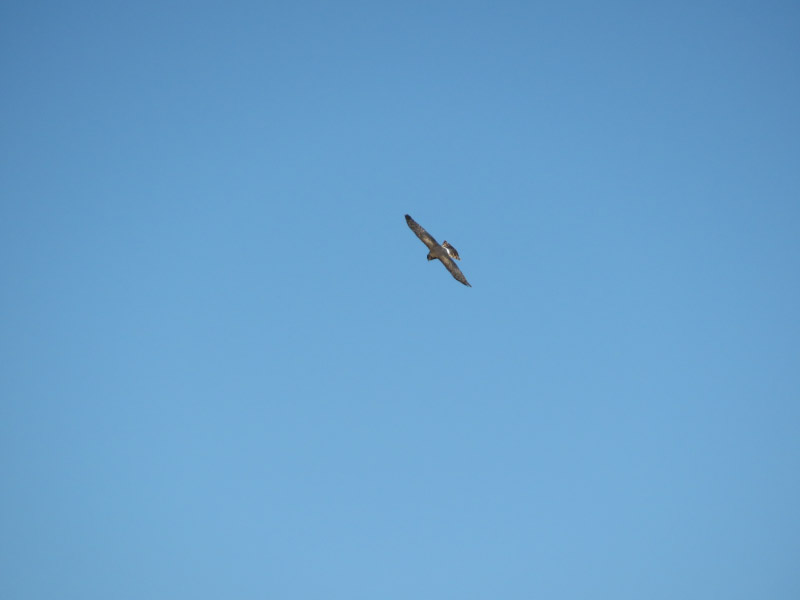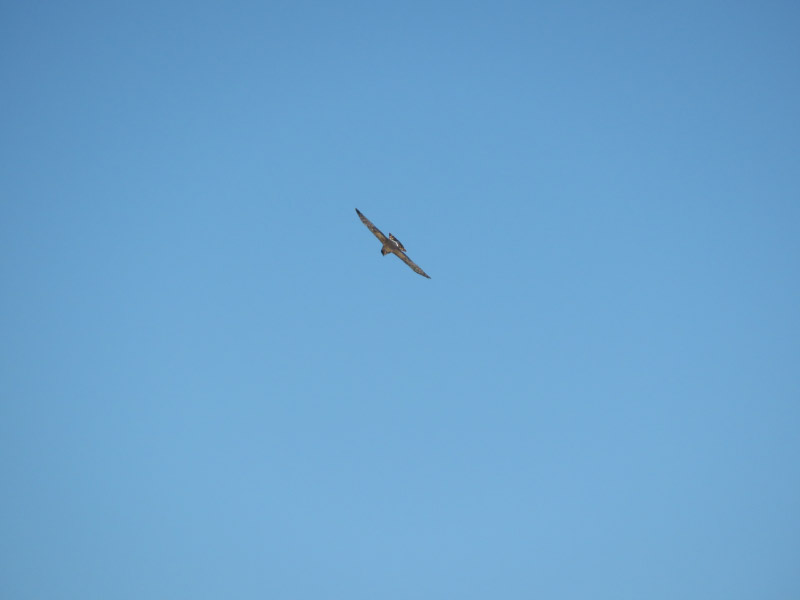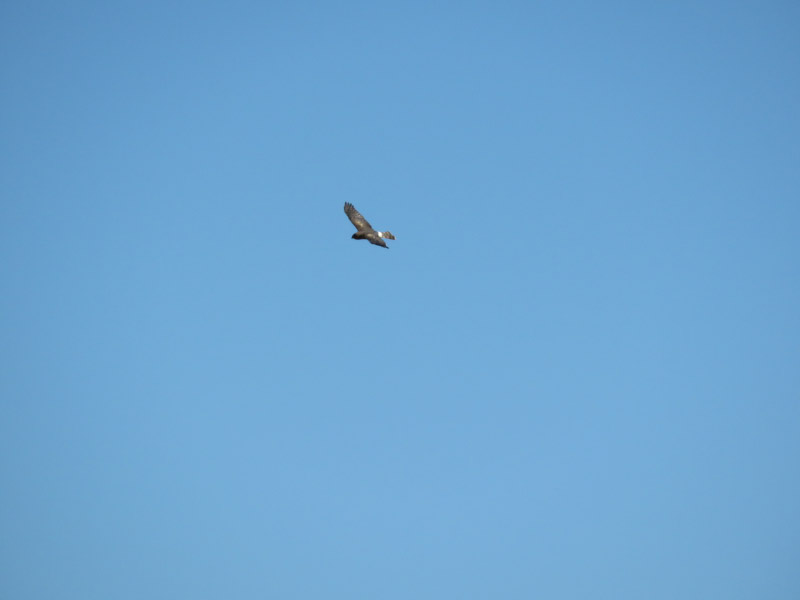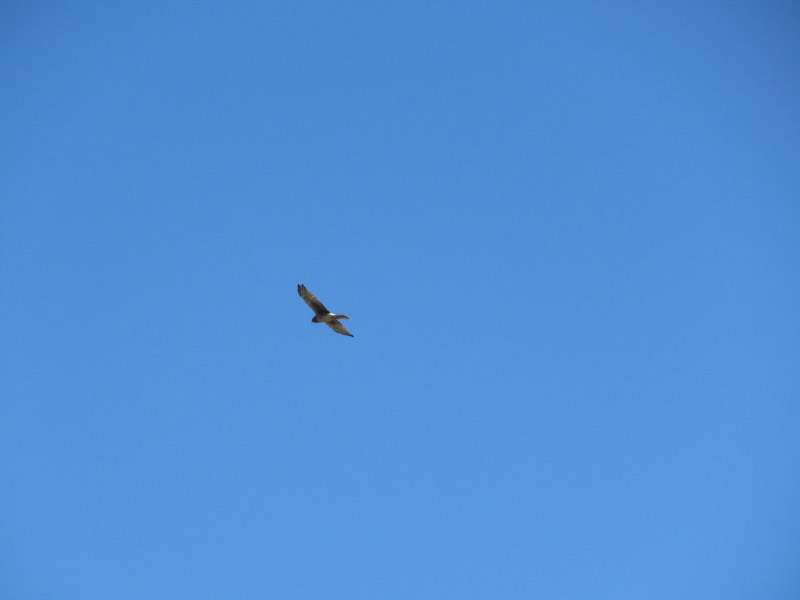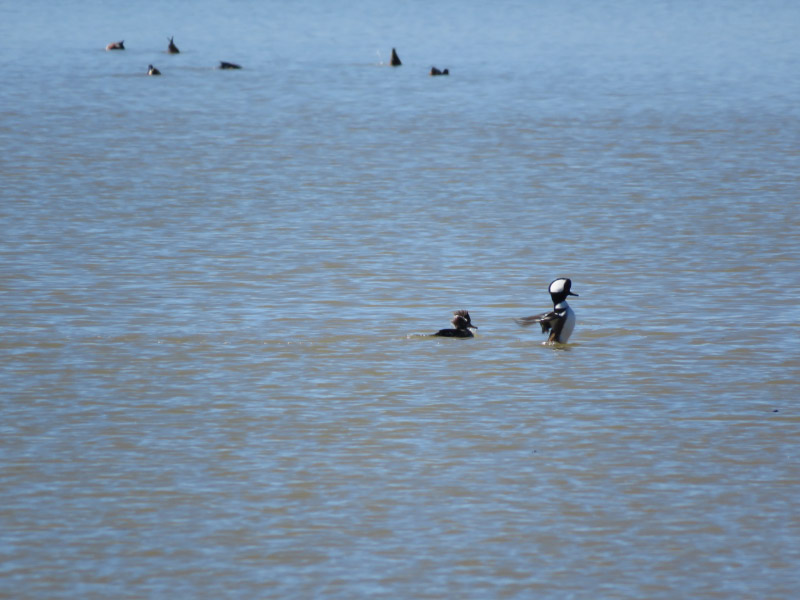The items below were ‘the cream’ of the articles and websites I found this past week. Click on the light green text to look at the article.
Energy crisis: How living in a cold home affects your health – The coming winter is going to be very difficult for many – particularly in Europe.
Parks of the 21st century: new ways to reinvent abandoned land – Parks always are signs of hope…the greening of places that might have been eyesores in the past. I wondered how much toxic remediation had to occur for some of the sites they described; its encouraging that we can clean up the messes we’ve made in the past!
Alcohol caused one in eight deaths of working-age US adults – The data used from the analysis was pre-COVID-19 pandemic. Recently, the CDC has released data for 2019 and 2020 and it shows a larger-than-normal 26% spike in the alcohol-induced deathrate. In 2020, alcoholic liver disease and mental/behavioral disorders were the leading underlying causes of alcohol-induced deaths. Sad numbers….lots of people and their families impacted.
A field guide to the unusual raptors of the Southern US – I was pleased to see the snail kite in this article – a bird I saw on a birding trip to Florida in 2019.
Farmers in China, Uganda move to high-yielding, cost-saving perennial rice – Very positive results. Hopefully we will eventually have perennial forms of other grains (wheat in particular).
The weirdest places you can find wild turkeys – Wild turkeys have made a comeback since the early 1900s…a restoration success story. Part of the Thanksgiving vibe this week!
Breast cancer survivorship doubles – An analysis of Canadian data from the 2007-2001. The study also highlighted the long-term side effects in these survivors…the need for new therapies to improve the health of women after surviving breast cancer.
Permanent Standard Time Could Save Lives, Explained by A Sleep Expert – I don’t like changing to/from daylight savings time; before reading this article, I didn’t care which one we chose to make permanent. Now I am convinced that we should stick with standard time! There are too many negative health impacts to staying on daylight savings.
How to avoid bad choices – The article is about the research on how to teach children ‘decision-making competence’ – not just a measure of raw brainpower but how well someone is able to appraise situations. There are many approaches but the goal is to get children and adolescents to start thinking about risk and danger in a more analytical way….on the way to adulthood.
Blind spots in the monitoring of plastic waste – The amount of plastic waste in rivers could be up to 90% higher that previously assumed. The current measurements are mainly based on surface observations…but plastic can be suspended or sink! This study tracked 3,000 particles from 30mm to larger objects like plastic cup. Knowing where the plastic is helps guide where clean up would be the most effective.


























